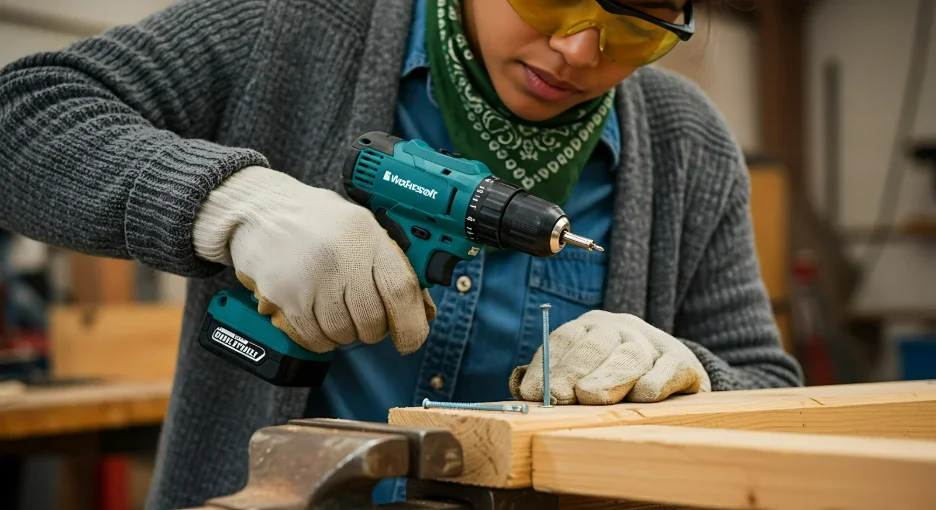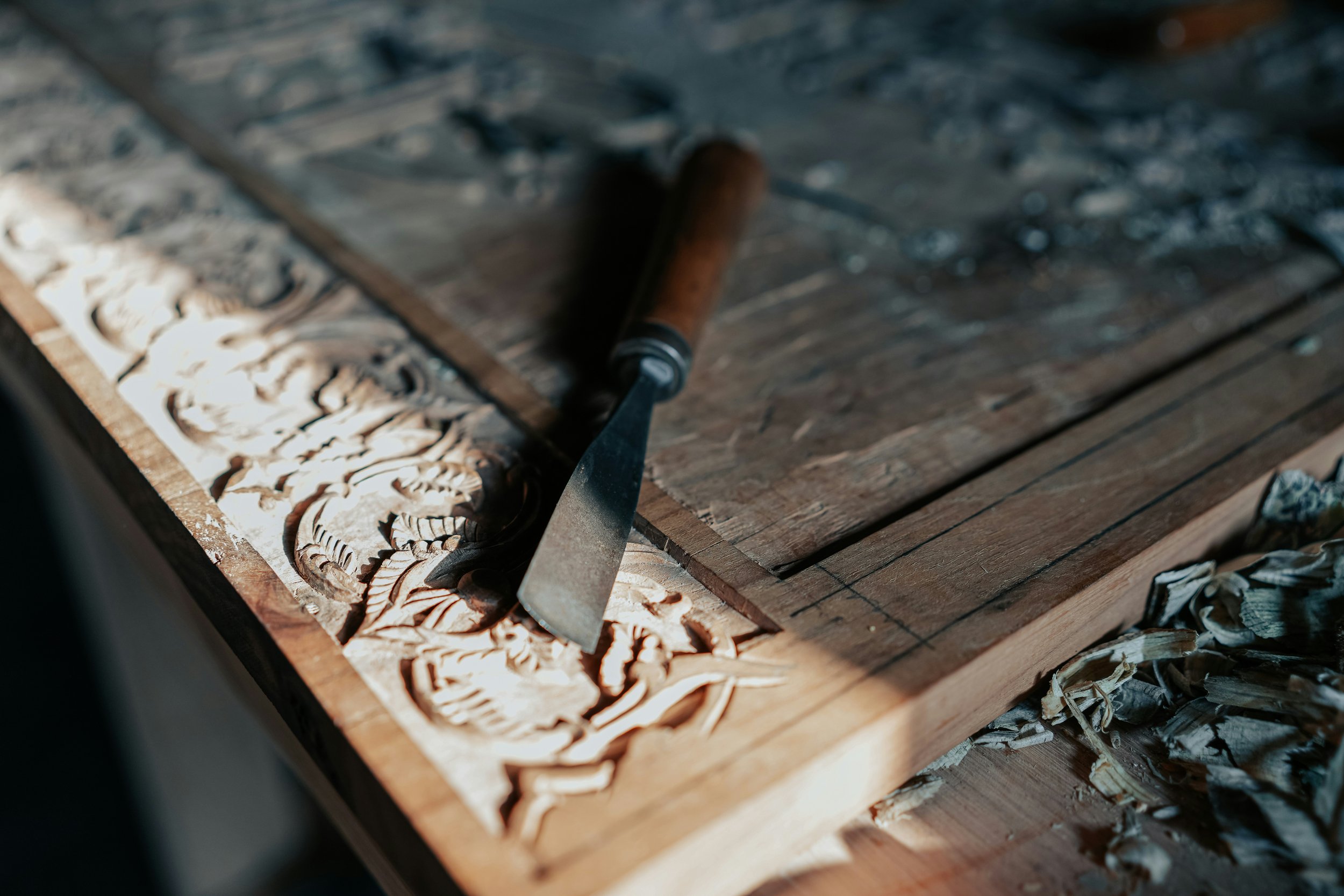A Simple Guide to Wooden Board Types for DIY Beginners
Discover the main types of wooden boards for DIY projects, including their uses, characteristics, and tips to choose the right one for your home projects.
There's always a thrill in gearing up for a new DIY project using wooden boards. It could be a simple bookshelf, a classic bed frame, or a stylish coffee table. But amid that excitement, you may realize one thing: deciding which material fits best takes some thought. And this is the point where things become a little less straightforward.
Continue reading to learn about the several types of wooden boards and how each one can impact your DIY project.
Engineered Wood
Like any home renovation, stability and consistency are important. Engineered wood is designed to provide both qualities. It's constructed by bonding layers or pieces of wood together with adhesives, which makes it sturdy and less likely to warp. Different types work best for different projects:
Plywood Board
You can never go wrong with plywood for your DIY project. It’s formed by gluing thin sheets of wood veneer, with each layer’s grain crossing the one beneath it for extra strength. This construction makes it strong, stable, and resistant to warping. Plywood is ideal for flooring, roofs, and partition panels.
In addition, some types and grades exhibit visible grain patterns. This is one of the features that can give a structure a natural and attractive design.
Not so great characteristics: Plywood tends to chip or splinter along its edges, especially when cut too quickly or with a dull blade.
MDF Board
Medium-density fiberboard (MDF) behaves differently from natural wood. It has a smooth surface made from compressed wood fibers combined with synthetic resin. This uniform texture makes it perfect for painting and finishing, whether you're working on built-ins, accent walls, or simple decor pieces. It also cuts cleanly and has no grain direction to consider. Because of this, DIYers can shape it into exact dimensions with ease.
Weaknesses: It’s heavier than plywood, weaker when fastened with screws near the edges, and vulnerable to moisture.
Oriented Strand Board
While this type of engineered wood may not stand out in terms of design, it excels in functionality. It's made by compressing layers of wood strands with adhesives into sturdy panels. It's cost-effective and commonly used for subflooring, wall panels, and structural projects. OSB can handle heavy loads, meaning it's a reliable option for both indoor and outdoor construction.
Drawbacks: It can swell or warp when exposed to water for long periods, and its weight can make installation somewhat challenging.
Particle Board
A particle board may not be the strongest of all engineered woods, but it is lightweight and budget-friendly. It's formed by pressing small wood chips and sawdust with synthetic resin into flat panels. This type of wood works well for drawer bottoms, closet organizers, and TV stands that do not need to support heavy loads.
Disadvantages: It crumbles easily around screws and lacks sufficient weight-bearing capacity.
As you can see, each type of engineered wood comes with its unique strengths and challenges. The best choice depends on your project, budget, and the results you want to achieve.
To get the best outcome, it’s crucial to purchase wooden boards only from reputable suppliers. Check for certifications and explore both their online and physical stores. Doing so will help you weigh your options, compare prices, and select the most suitable boards for your DIY project.
Softwood Boards
This material is ideal for novice DIYers, as it is beginner-friendly, lightweight, and cost-effective. You’ll often find softwood used for simple furniture, crafts, and other indoor or outdoor projects.
Softwood comes from coniferous trees, which are evergreen, cone-bearing species that grow in cooler climates. Here are common sources of this wooden material and what makes each unique:
Pine: A soft, light wood that is easy to cut and shape. Works well for making furniture, shelves, and tiny decorations.
Cedar: This type is known for its resistance to insects and moisture. A cedar board works well for outdoor projects like garden planters.
Fir: A strong and straight-grained wood. Fir is commonly used for building frames, supports, and simple indoor furniture.
Redwood: It has a rich color and naturally durable properties. Redwood is perfect for decks, outdoor benches, and decorative pieces.
Larch: This wood is slightly harder than others and resistant to the weather. It is often chosen for flooring, outdoor structures, and fences.
If this is your first DIY project, softwood is a great pick because it’s easy to work with and forgiving of mistakes. The only caveat is that softwoods can dent or scratch more easily, so they’re best for items that won’t endure heavy wear.
Hardwood Board
As the name suggests, hardwoods are known for their solid and rich character. They’re heavier, denser, and more resistant to damage. Because of these qualities, they're widely used in both interior design and the construction industry.
Below are some solid hardwood options you can choose from:
Oak: Builders appreciate oak for its exceptional strength and long-lasting nature. As a DIY enthusiast, you can use this wood to make cutting boards, picture frames, or small storage crates. Its prominent grain also adds a natural, attractive look to these projects.
Blackwood: This material offers a dark color and excellent durability. It works well for cabinetry, accent pieces, and furniture that need a bold statement. Its rich tone and smooth finish give any project a high-end appearance.
Walnut: Elegance is what makes walnut stand out. Its rich, natural grain patterns are ideal for DIY projects that combine beauty and resilience. It can be used for paneling, millwork, countertops, and carving. Its smooth texture also makes sanding and finishing easier for beginners.
Now, onto the cons. One of the main downsides of hardwoods is that they tend to be costly. Also, some types require considerable attention or maintenance to keep their appearance in top condition.
Final Thoughts
Tackling a DIY project using wooden boards can be exciting and daunting. However, the most important thing to remember is that progress comes from trying, experimenting, and learning along the way. From home remodeling to carving, wood lets you create and personalize your ideas. Keep in mind to invest in quality materials, as they make your work easier and help your finished piece stand the test of time.




